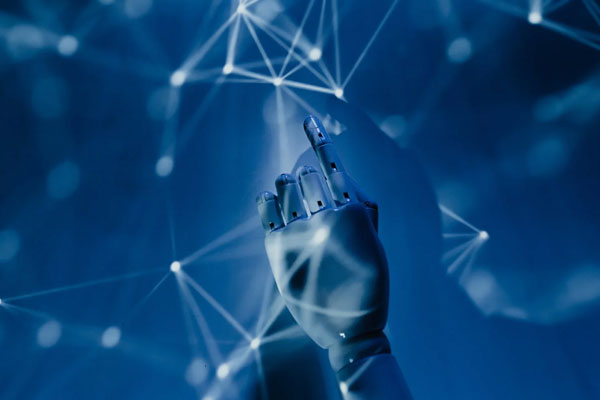
What is Microsoft Copilot and how will it impact the digital workplace?
A significant first step in bringing generative AI into the digital workplace will be the launch of Microsoft Copilot, a way for users to use ChatGPT within an array of Microsoft products to drive productivity. In this article we’re going to explore what Copilot is, the benefits it will bring, how it will navigate risk concerns and when it is going to be released.


